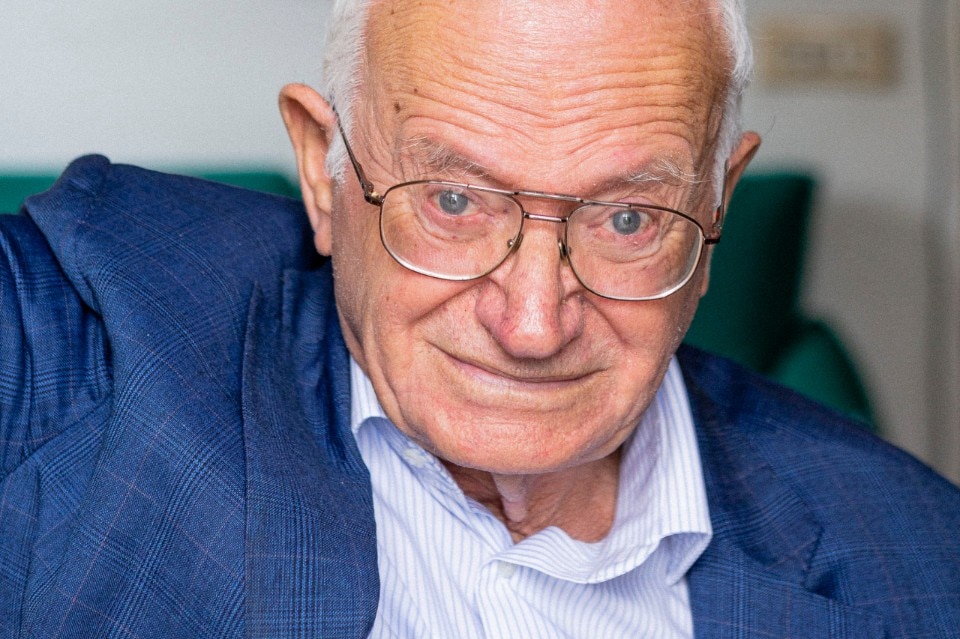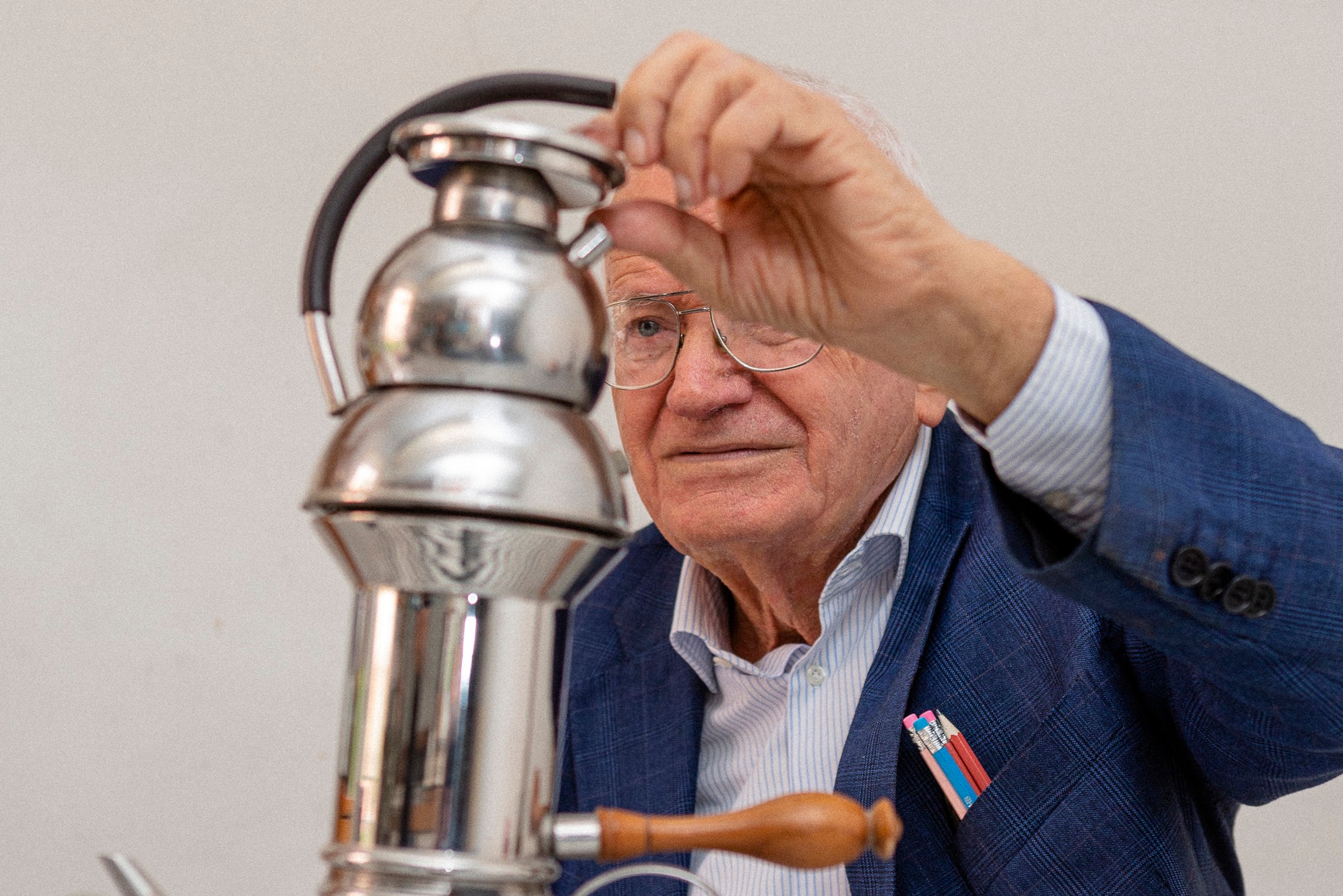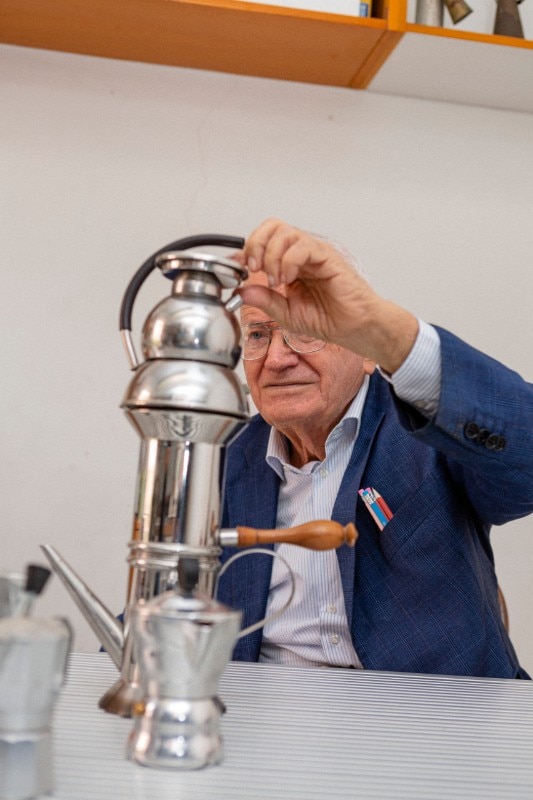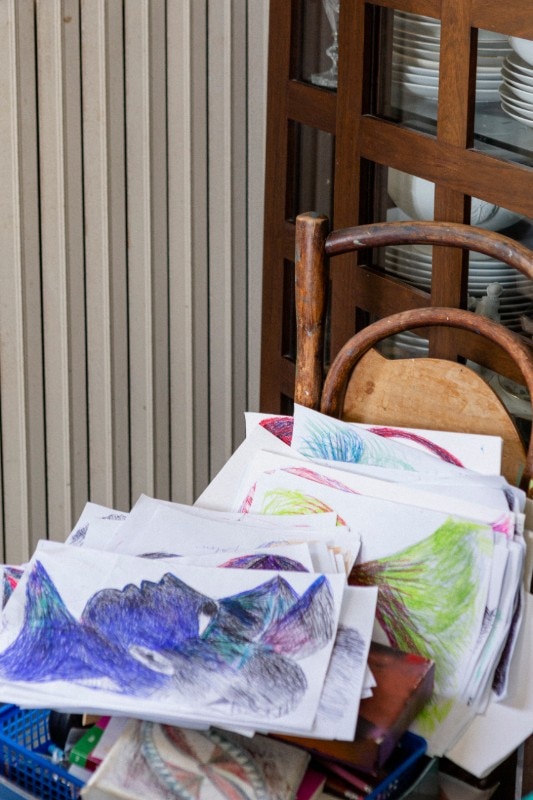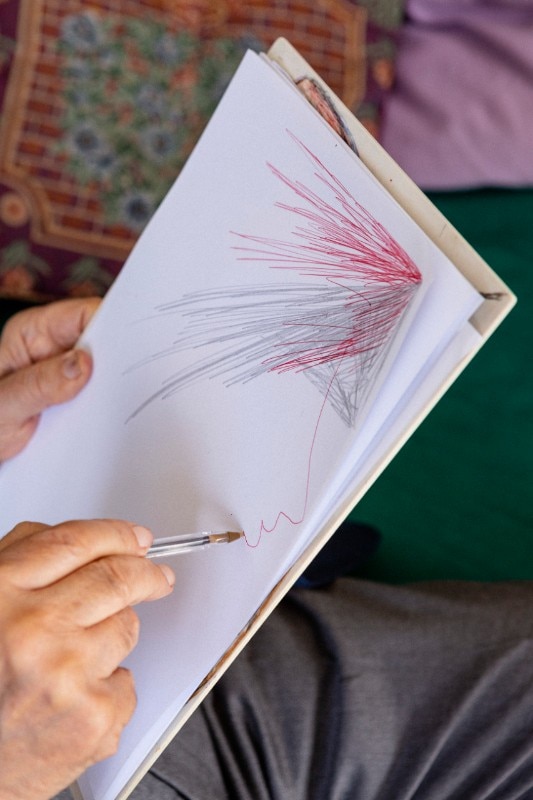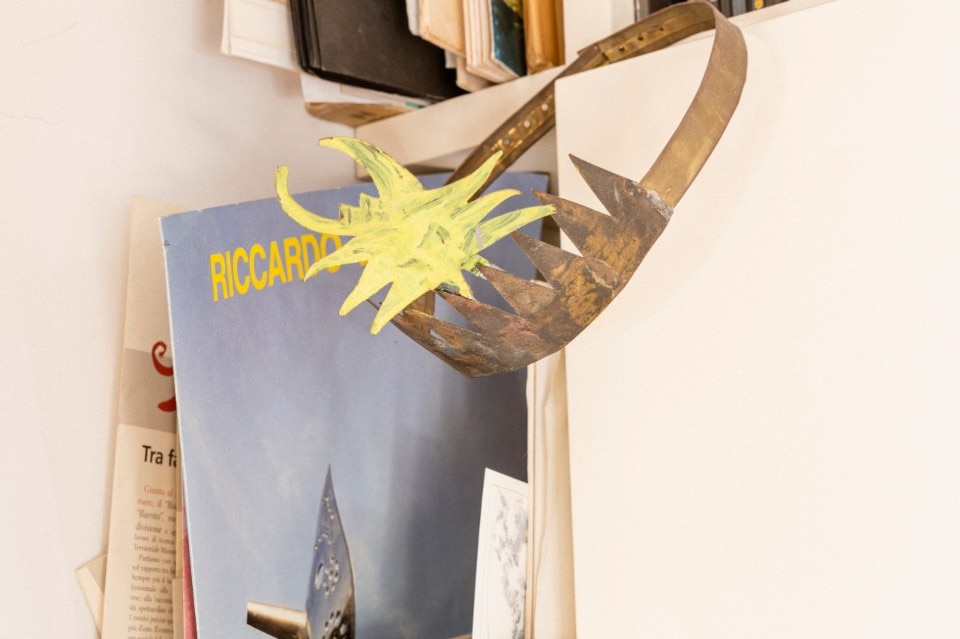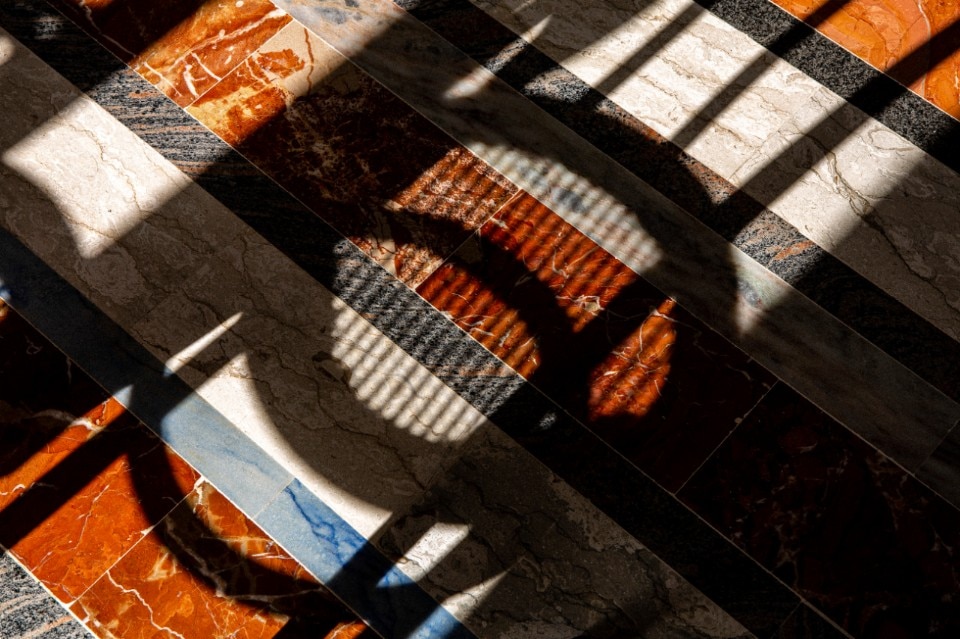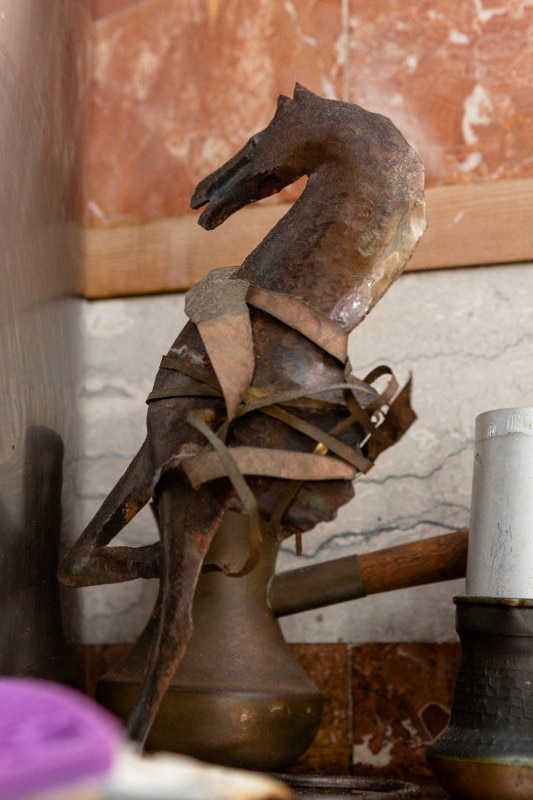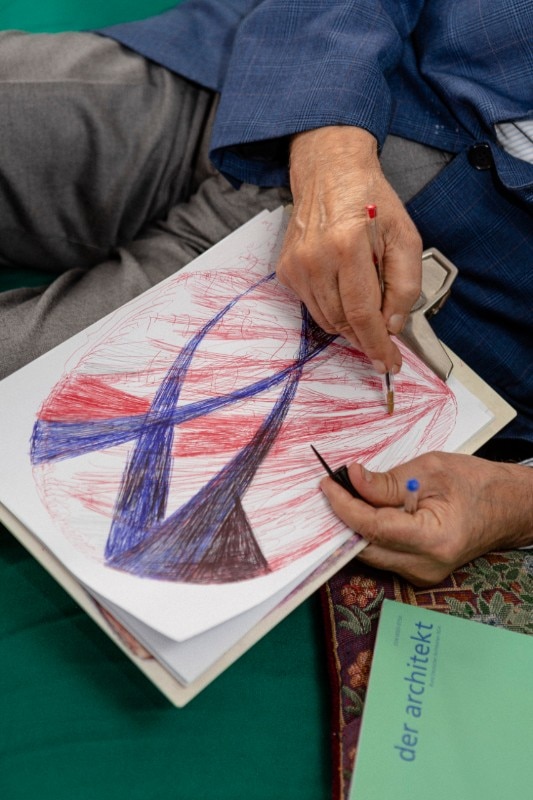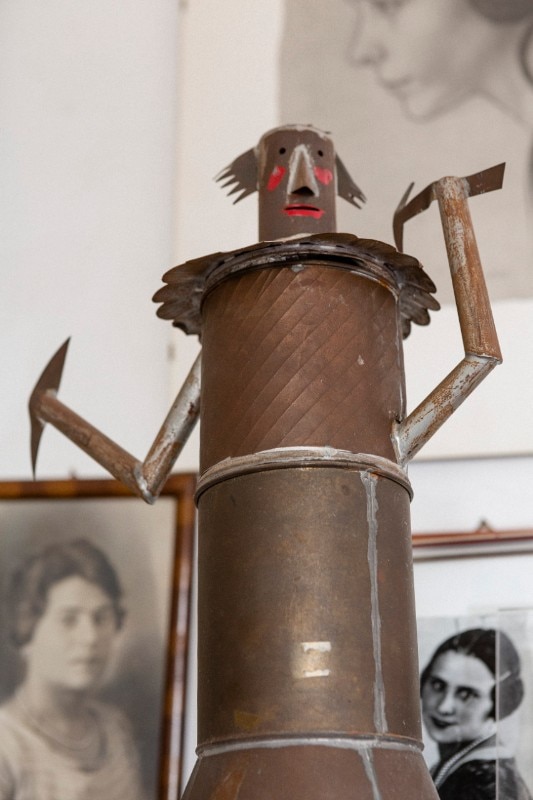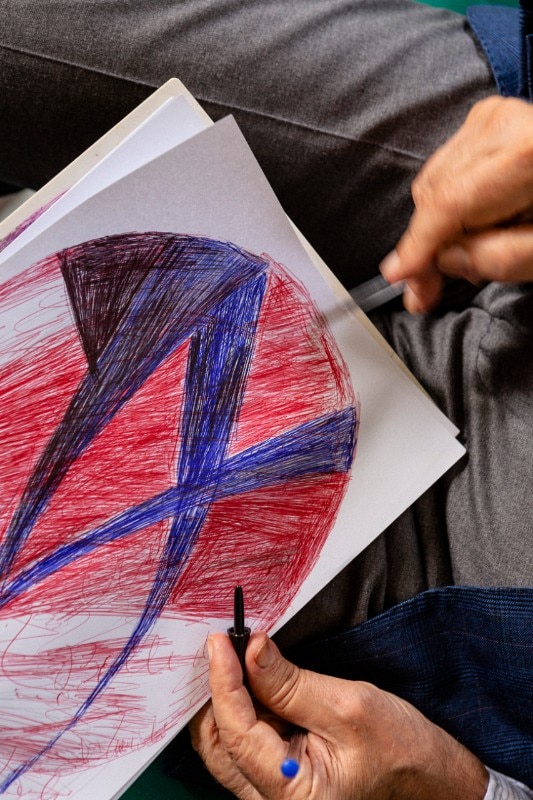Riccardo Dalisi is one of the figures we usually associate with the great strand of Italian Radical architecture, not least because of his participation in the Global Tools school, considered to be the end of counter-design. Yet his personal cultural battle, which began in 1970 with the publication of Architettura dell’imprevedibilità, goes far beyond the founding principles of his colleagues from Superstudio, Archizoom and all the others.
Riccardo Dalisi theorises a “poor” architecture, somewhere between radical thinking and Giancarlo De Carlo’s “participatory” architecture. The architect follows and proposes new ways of teaching that aim to reorganise public and community space through the construction of structures, models, objects and furniture. With the use of “a poor technique and collective participation”, Dalisi tries to overcome the urbanistic failures of the 20th century through talking, listening and social practice.
Convinced that architecture could become a powerful social instrument, he put his idea of participatory architecture into practice by conducting a series of workshops between October 1971 and January 1974 with the children of rione Traiano, a neighbourhood of Naples built after the war that had fallen into decay and into the hands of organised crime because of its failure, first and foremost in terms of urban planning.
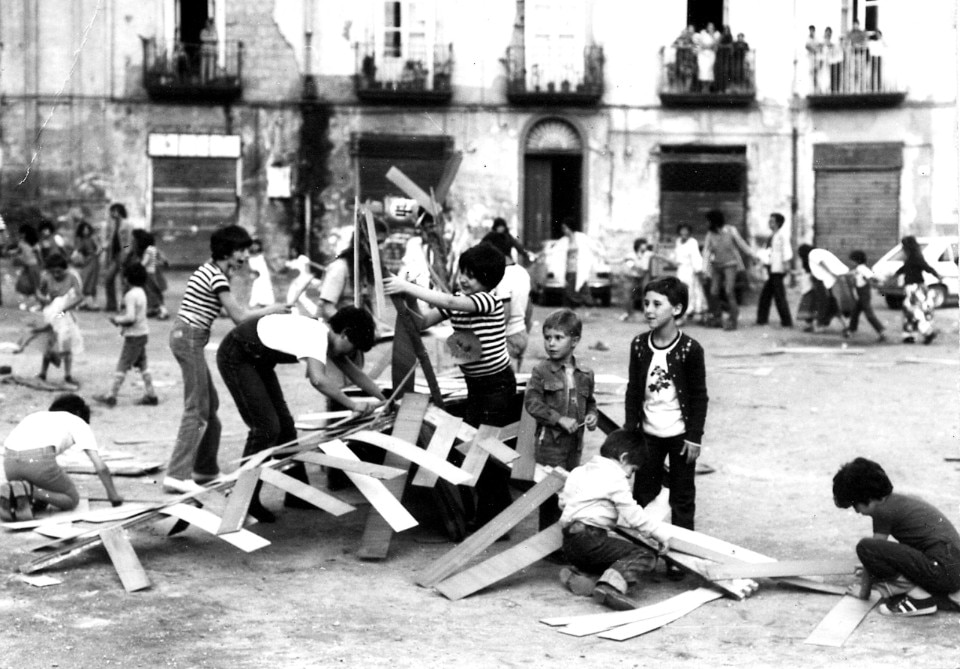
The street children of the underclass worked side by side with the students of Dalisi’s course at the University of Naples Federico II, to design first a nursery school for the neighbourhood – which was never actually built – and later objects, structures and architectural artefacts. Children and students made all kinds of objects out of poor materials (pieces of wood, string, paper, grids), unencumbered by bourgeois “culture” but rather through free association, using their creativity and unleashing the design potential of their imagination. The results were unexpected products, collectors of energy, of individual and collective creativity.
Imagination becomes the anti-academic means of teaching architecture outside the four walls of the school. Culture is created in the basements of the neighbourhood (rione), where Dalisi gathers groups to work, in a continuous cycle of struggles described in his diaries, where he systematically recounts the events of the day.
While art began to speak of “poverty” already at the end of the 1960s, Dalisi gave birth to and theorised “poor technology”, a process that stimulates collective participation and spontaneous creativity, combining educational practice with knowledge of the urban dimension in its social and political connotations. At the heart of the discipline, once again, is manual labour and physical participation in production. Not only does “poor technology” consist in the use of recycled materials, but also in the application of a series of techniques that belong to the past, which are not intended to be a nostalgic revival of craftsmanship, but rather a realistic awareness, the aim of which is to re-establish the balance between architecture and life.
This experiment gave rise to a sort of Dalisi style, called “dalisism” by Alessandro Mendini, which consists in resuming the primitive act of working with the hands in an operation far removed from the literary sophistication and laboratory teachings of the great professors. Dalisi’s operation is a revolutionary action, a critique of architectural practice, that challenges the idea of absolute, self-enclosed or dominant professionalism, creating a bond between popular culture and university culture, between childlike, poor, evasive and extracurricular creativity and the creativity of university students.
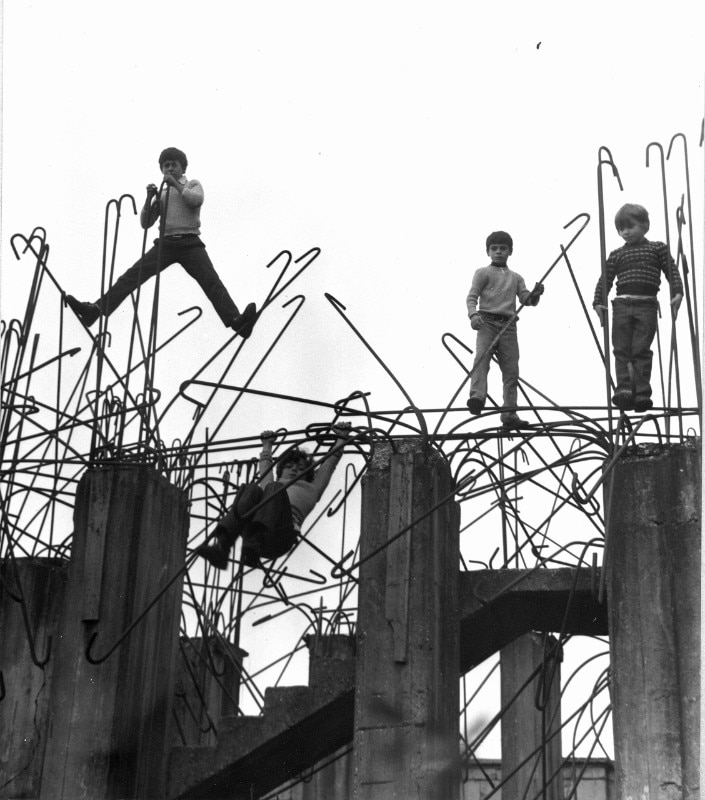
Even today, Dalisi’s legacy teaches new generations how to abolish all forms of classism through creative power. The architect identifies in the genuineness of underclass subculture a source of teaching for young students accustomed to a traditional vision of design. Architecture is intended, by Dalisi, as an instrument of participation that naturally embodies a sense of revolt, an unprecedented idea of how theories should be applied, the power of which must be remembered in our final salute.


